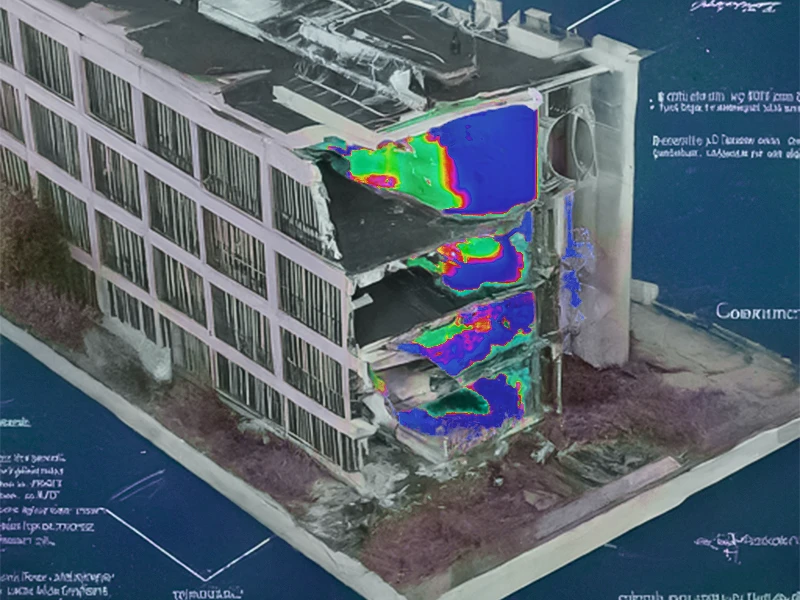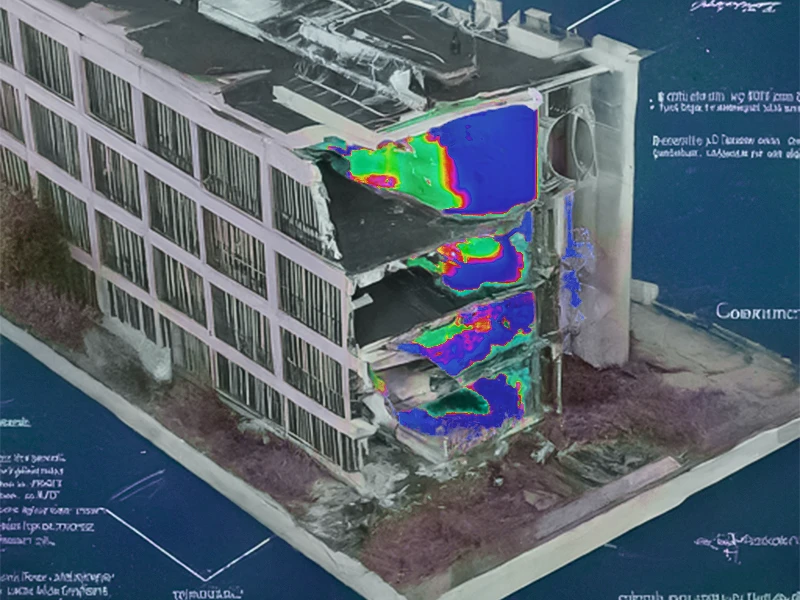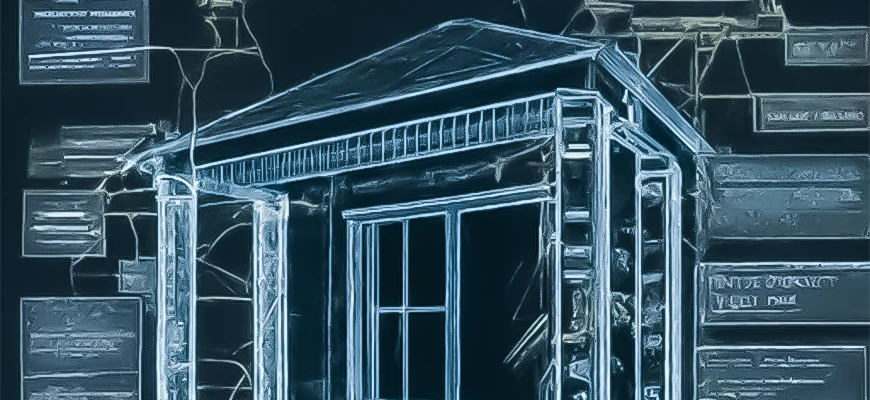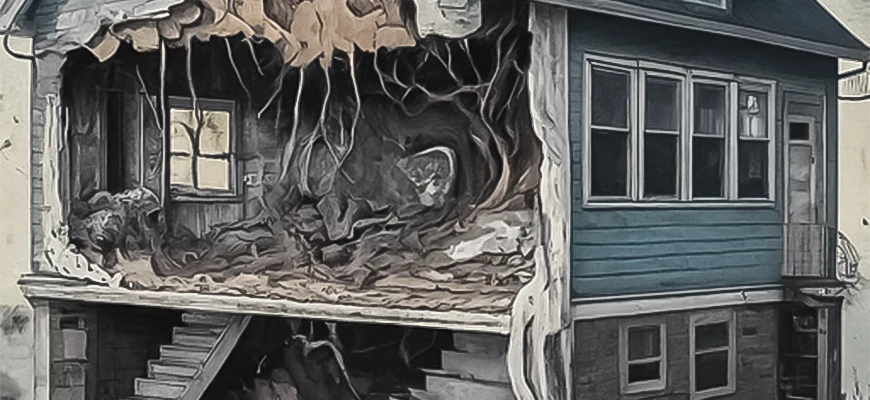

A building survey or structural survey is an in-depth survey of the property. It informs a potential buyer of any building issues. A surveyor visits the property to finish the examination and creates a report detailing any problem.
A building’s windows, doors, walls, floors, chimneys, cellars, garages and outbuildings are all inspected during the examination, along with all other visible and reachable sections. Finding and disclosing any significant issues with a property is a legal obligation for surveyors. To discover any building flaws, the inspection surveyors will aggressively look for them.
Even though significant flaws in a building aren’t typical in building surveys, several issues are always covered. This often allows the buyer to renegotiate the purchase price. A thorough survey can frequently be conducted for substantially less money than it costs to run.
A comprehensive measured building survey consists of:
- An examination of the building
- A comprehensive survey reports
- A property appraisal
- Personalised guidance on upkeep and repairs, along with a ballpark figure.
What Makes a Structural Survey Crucial?
Is a House Survey Necessary?

Types of Building Surveys
1. Report on condition
A level-one survey is called a condition report. This examines the state of the property, considering any hazards, legal problems, and urgent flaws. Usually, it applies to ordinary residences and somewhat new, well-maintained dwellings.
2. Report on homebuyer
A level two survey is the Homebuyer Report, often called the Home Condition Survey. Along with any flaws that might impact the property, it will have all the features of a level-one report. It also offers guidance on maintenance and repairs. If necessary, it can also give a market valuation. This kind works well for typical properties that are in fair condition.
3. Complete building inspection
A level three report is a complete building survey. This is essentially a thorough inspection of the property with guidance on fixing any issues and how to keep it maintained. Older homes, unique homes, remodelling projects, and properties in bad condition are good candidates for a level three survey. It is the more costly and complete solution as a result.
Common Issues in Building Survey Report

1. Inadequate ventilation or moisture problems
2. Movement in structure
3. Japanese knotweed
4. Drainage and electrical problems
5. The asbestos
6. Roof problems
Following a Structural Survey, What Happens?
Conclusion
In conclusion, a measured building survey is an essential step in the property buying process, providing invaluable insights into the condition of a property and potential issues that may need addressing. Whether it’s a level-one condition report, a level-two Homebuyer Report, or a comprehensive level-three building survey, investing in a thorough inspection can save buyers from unexpected expenses and help them make informed decisions.
Previous Post
